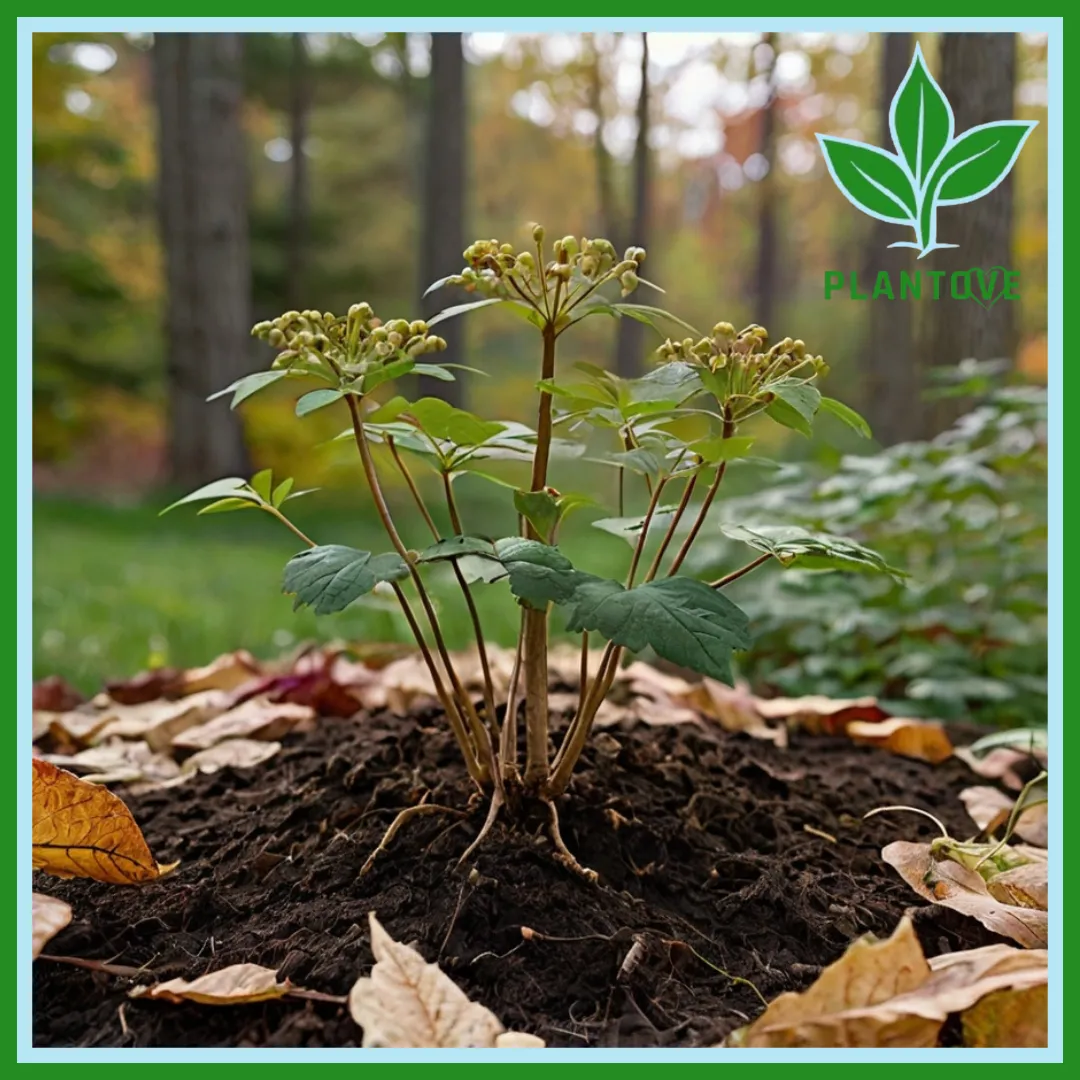Siberian Ginseng, also known as Eleutherococcus senticosus, is a hardy perennial herb renowned for its adaptogenic properties and health benefits. If you’re considering growing this remarkable plant in Michigan, knowing when to plant Siberian Ginseng in Michigan is crucial to ensuring its successful establishment and growth. This article will provide you with detailed insights into the ideal planting times, climate considerations, and care tips specific to Michigan’s environment.
Understanding Siberian Ginseng
Before diving into the best planting times, it’s essential to understand what Siberian Ginseng is and its requirements. Siberian Ginseng is not a true ginseng but is often grouped with ginseng due to its similar properties. It is native to the temperate forests of Eastern Asia and is known for its ability to enhance stamina, reduce stress, and boost the immune system.
Key Characteristics of Siberian Ginseng
- Hardiness: Siberian Ginseng is resilient and can tolerate cold temperatures, making it suitable for Michigan’s climate.
- Growth Habit: It grows as a shrub or small bush, reaching up to 6 feet in height. It produces small, purple flowers and red berries in the fall.
- Soil Requirements: Prefers well-drained, loamy soil with a slightly acidic to neutral pH.
Optimal Planting Time for Siberian Ginseng in Michigan
Michigan’s climate varies significantly from the Upper Peninsula to the Lower Peninsula, so planting times can differ depending on your specific location. Generally, Siberian Ginseng is best planted in the spring or early fall. Understanding the local climate and soil conditions will help you determine the most suitable planting period.
Spring Planting
Spring is an excellent time to plant Siberian Ginseng in Michigan for several reasons:
Ideal Conditions
- Soil Temperature: By early spring, soil temperatures have warmed up sufficiently for seed germination. Aim to plant after the last frost date to avoid damage to young seedlings.
- Moisture: Spring planting takes advantage of natural rainfall, which helps establish the roots before the hotter summer months.
- Growth Start: Planting in spring gives Siberian Ginseng a full growing season to establish itself before the winter cold sets in.
Steps for Spring Planting
- Prepare the Soil: Ensure the soil is well-drained and rich in organic matter. Amend with compost if necessary.
- Planting Depth: Sow seeds or transplant seedlings at a depth of about 1/4 inch to 1/2 inch.
- Watering: Keep the soil consistently moist but not waterlogged. Regular watering helps with seedling establishment.
Fall Planting
Planting Siberian Ginseng in the fall can also be beneficial, particularly for those in Michigan who want to take advantage of the cooler weather. Here’s why fall planting might be the right choice:
Benefits of Fall Planting
- Root Development: Fall planting allows the plant to focus on root development while the above-ground growth is minimal. This can result in stronger plants in the spring.
- Less Stress: Cooler temperatures reduce the stress on newly planted seedlings, allowing them to acclimate gradually.
- Natural Cold Stratification: Seeds planted in fall can undergo natural cold stratification, which can improve germination rates in the spring.
Steps for Fall Planting
- Soil Preparation: Prepare the soil in late summer or early fall. Add compost to enhance soil fertility.
- Planting Technique: Sow seeds or plant seedlings before the ground freezes. Mulch lightly to protect the soil and roots.
- Winter Care: Ensure that the area remains free of heavy snow cover that could cause soil compaction or waterlogging.
Climate Considerations in Michigan
Michigan’s diverse climate, with its cold winters and variable summer temperatures, necessitates specific considerations when planting Siberian Ginseng.
Cold Hardiness
Siberian Ginseng is known for its cold hardiness and can withstand Michigan’s winter temperatures. However, young plants are more susceptible to extreme cold. Providing mulch or using row covers during the winter can offer extra protection and improve survival rates.
Soil Conditions
Michigan’s soil can vary from sandy to clayey. Siberian Ginseng prefers well-drained, loamy soil. If you have heavy clay or sandy soil, consider improving it by adding organic matter and adjusting the soil pH if necessary.
Sunlight Requirements
Siberian Ginseng thrives in partial shade to full shade. In Michigan, it’s best to plant it in a location that receives morning sun and afternoon shade, particularly during the hot summer months.
Care and Maintenance of Siberian Ginseng
Proper care and maintenance are crucial for the successful growth of Siberian Ginseng. Here are some tips to help your plants thrive throughout the year:
Watering
- Regular Moisture: Maintain consistent soil moisture, especially during dry periods. Avoid letting the soil dry out completely.
- Avoid Overwatering: Ensure that the soil is well-drained to prevent root rot. Water only when the top inch of soil feels dry.
Fertilizing
- Organic Matter: Incorporate organic matter such as compost into the soil to provide nutrients. Avoid high-nitrogen fertilizers, which can encourage excessive foliage growth at the expense of roots.
- Timing: Fertilize in early spring before new growth begins. A balanced, slow-release fertilizer can be beneficial.
Pruning
- Annual Pruning: In late winter or early spring, remove any dead or damaged stems. This helps promote healthy new growth.
- Shape and Size: Prune to maintain the desired shape and size of the plant, ensuring it remains compact and manageable.
Pest and Disease Management
- Common Pests: Watch out for pests like aphids and spider mites. Use organic insecticidal soap or neem oil if necessary.
- Disease Prevention: Ensure good air circulation around the plants and avoid overhead watering to reduce the risk of fungal diseases.
Conclusion
Understanding when to plant Siberian Ginseng in Michigan involves considering the local climate, soil conditions, and optimal planting times. Whether you choose to plant in spring or fall, following proper planting and care techniques will help your Siberian Ginseng thrive. By providing the right conditions and ongoing maintenance, you can enjoy the benefits of this hardy and health-promoting herb in your Michigan garden.

